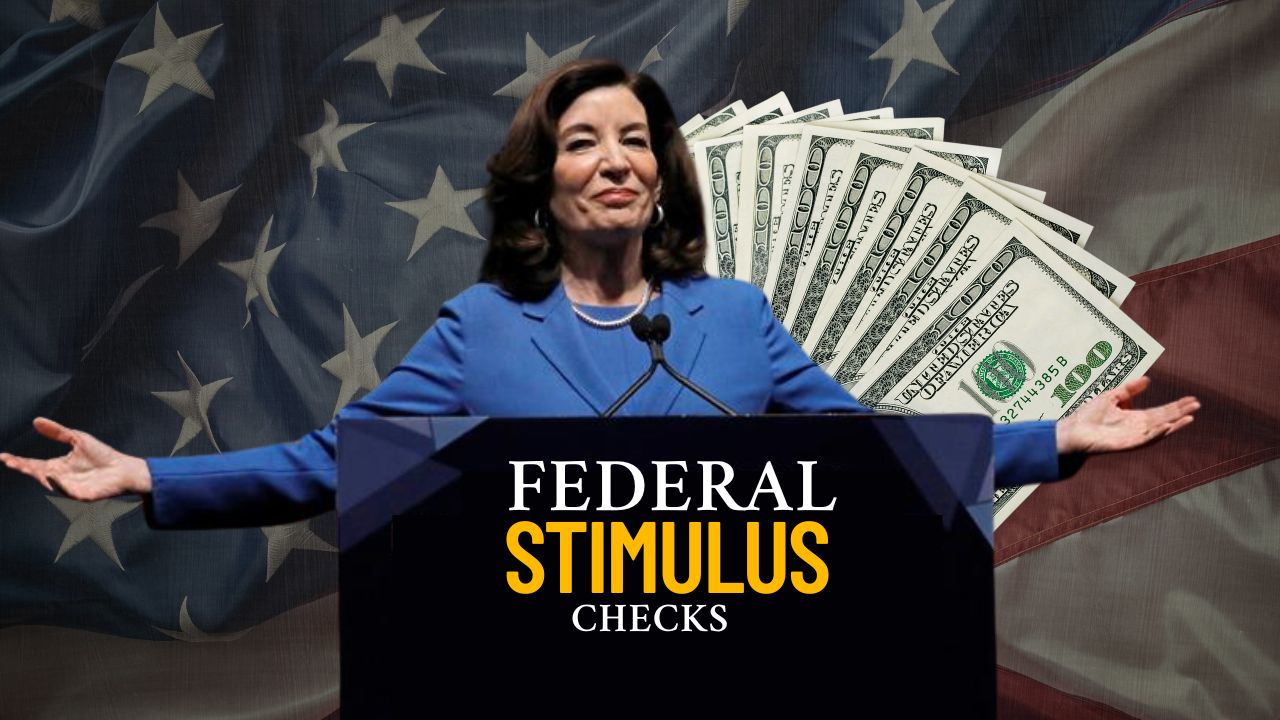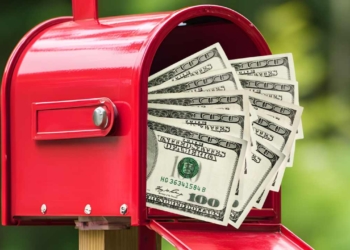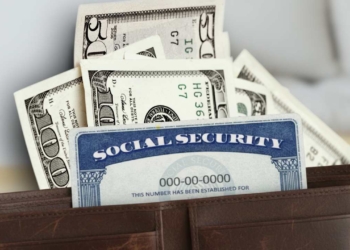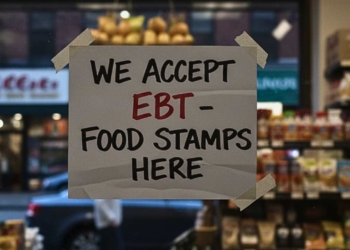In a bid to combat rising costs and inflation, a select number of states across the US are preparing to roll out financial assistance. Curious to know if your state is among them?
This initiative resulted in a series of payments approved by Congress, aimed at alleviating the immense pressure felt by households across the nation.
While there are no further federal stimulus checks on the horizon, it’s noteworthy that three states are either in the process of sending or have already sent checks to their residents to soften the blow of economic challenges.
New York’s Inflation Refund
Governor Kathy Hochul has introduced this groundbreaking program, stating, “Due to inflation, New York has generated unprecedented revenues through the sales tax—now, we’re returning that cash back to middle-class families.” She emphasized that the cost of living remains “still too damn high.”
Who Benefits?
- Single taxpayers earning up to $150,000 annually could receive a $300 payment.
- Joint tax filers with incomes up to $300,000 annually might receive $500.
These one-time payments are set to benefit over eight million residents, with checks already being mailed out since late April 2025, continuing through May. More info here.
California’s Stimulus Checks
In parallel, California has also confirmed a new round of stimulus checks for eligible households, with amounts reaching up to $725. This initiative aims to further cushion the financial impact on families.
These steps by New York and California exemplify how states are taking bold measures to support their residents in challenging economic times, transforming tax revenues into direct assistance.
In order to qualify for the cash benefits, beneficiaries must meet specific income limits established by the program. Additionally, they need to be legal residents of California and have submitted a recent state tax return. Importantly, priority is extended to those individuals who did not receive financial aid in earlier phases of the Golden State Stimulus program.
Colorado Stimulus Check
The third and final state offering financial assistance under this initiative is Colorado, as part of its Taxpayer’s Bill of Rights (TABOR). Thanks to a current financial surplus of $1.5 billion, Colorado residents can look forward to a significant payout. Single taxpayers are eligible to receive payments up to $800, while married couples filing jointly can obtain up to $1,600.
If a third stimulus payment is approved, it is expected that the IRS will employ a similar strategy to the first round of checks. This involves distributing checks by priority groups, ensuring that assistance reaches those who need it most in an organized and efficient manner.
Stimulus Check Schedule: The IRS Payment Groups Explained
Are you curious about which IRS group you belong to when it comes to receiving a stimulus check? Understanding the order in which payments are distributed can help you anticipate when you might receive yours. Here’s a closer look at the five IRS groups and how they impact your payment timeline.
1. Direct Deposit Recipients
If you have your direct deposit information on file with the IRS or provide it when registration opens, you will likely be at the front of the line to receive your stimulus check. This group typically benefits from the fastest processing times.
2. Social Security Beneficiaries
Many Social Security beneficiaries with direct deposit details already on record with the federal government received their first stimulus payments swiftly. While they may not always receive it on the very first day, they are generally among the early recipients in the first week.
3. Paper Check Recipients
If you prefer receiving your payment via mail, the IRS starts sending out paper checks about a week after initiating direct deposits. This method is for those who do not have direct deposit data on file.
4. EIP Card Recipients
The Economic Impact Payment (EIP) debit cards are prepaid Visa cards sent to around four million people, with distribution beginning in mid-May. If the IRS maintains the same order, individuals in this group might see their payments a few weeks after the initial direct deposit transfers.
Understanding these categories can help you set your expectations and plan accordingly for your stimulus payment. Which group do you fall into?





